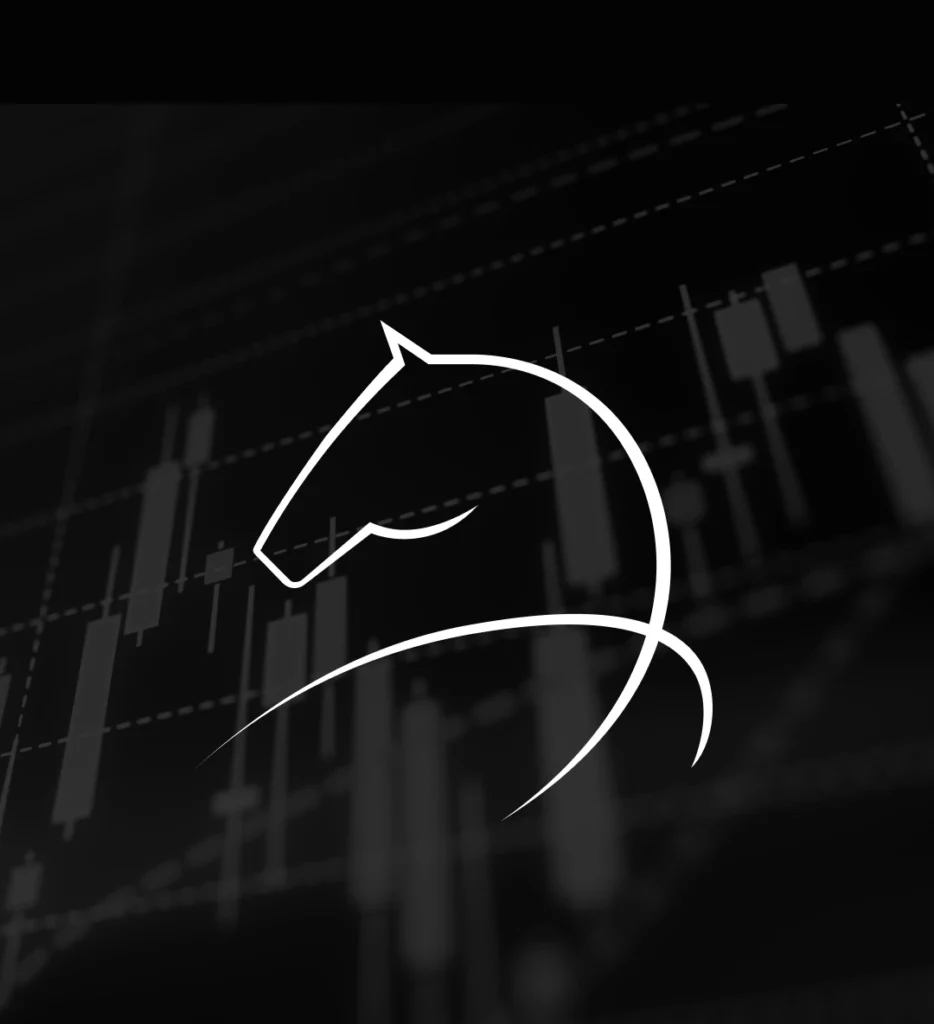Most business owners are fixated on profit, and for good reason. The money you make determines both business growth and personal comfort. If you’re not making money, there’s not much point being in business.
But cash flow is another important factor. In fact, in certain circumstances, it can be more important than profit.
What is the difference between profit and cash flow? Which should your business prioritise? And what are the issues and opportunities that you should be looking out for? Let’s take a look.
What is the difference between profit and cash flow?
First things first. What exactly are profit and cash flow?
- Profit (or net income) is the amount of business earnings left over after all your expenses have been paid. (Gross profit is the amount remaining after deducting the cost of goods sold. Net profit is the remaining amount after paying all expenses).
- Cash flow refers to the measure of the net flow of cash into and out of a business over a given period. The net cash flow is cash inflow minus cash outflow. Positive cash flow occurs when this figure is positive. A negative figure means more cash flows out than in.
While profit is the ultimate goal of any business, and as good a measure as any of success, cash flows keep the business running day-to-day, and often forms a better means of determining a business’s financial health and long-term outlook.
Profit doesn’t guarantee cash flow
You might expect that a profitable business would always have the money it needs on hand. But the differences between profit and cash flow can mean that isn’t necessarily the case.
Imagine a small part manufacturer who supplies a large car brand. Its reliance on a single customer means that it is forced to offer lenient 90-day payment terms. With a three (or more) month lag between supplying the parts and getting paid for them, the parts manufacturer often lacks the cash to pay its own suppliers, who offer 30-day payment terms.
From the outside looking in, the company is making plenty of sales and is very profitable. Nevertheless, its cash flow situation means that it struggles to pay suppliers, staff, interest payments, bills, and cover other operating expenses. Despite reaching profitability, the business is unable to meet its financial obligations due to the negative cash flow position.
Seasonal businesses form another common example. Farmers incur costs throughout the year but may only sell their produce during a very small window of time. Likewise, an Australian ski resort might have a window of three months to make its money, but must pay its creditors over the full 12 months.
It may be that a business is so successful and growing so fast that yesterday’s sales aren’t enough to cover the expenses generated by tomorrow’s demand. It’s a good problem to have, but it is nonetheless one that can prove fatal if a cash flow solution isn’t found to ensure positive cash flow.
Solutions to cash flow issues
In the situations described above, a business simply needs a way to iron out financial bumps. There are a couple of main ways that an otherwise profitable company can solve cash flow issues:
Business overdraft
A solution commonly offered by business lenders, a business overdraft is a revolving line of credit that grants a business access to funds up to a predefined credit limit. This type of revolving credit can be used for any purpose, and can prove particularly valuable for cash flow issues. The credit limit imposed by the financial institution may mean that the overdraft is unable to solve all cash flow issues, however.
Invoice/cash flow finance
Another solution comes in the form of finance products that are purpose-built to enhance cash flow or allow access to cash from unpaid customer invoices (the accounts receivable ledger). These loans recognise that the business has expected income. They simply bring this income forward, granting the business early access to those future payments.
At darkhorsefinancial.com.au we’re cash flow finance experts. We’ve built a reputation for helping businesses keep their operations ticking over.
To leverage our expertise, please submit our simple quote form to learn more about how we can help your business manage cash flow to maximise your profit.
How do I find my level of cash flow vs profit?
Consult your accountant or accounting software for information from your financial statements. Your profit and loss statement will show the amount of profit the business is making, with the income statement also offering insight into profitability after looking at income and expenses. The cash flow statement will show cash inflows and cash outflows to help identify cash flow problems.

Commercial Lending Solutions For Your Business
OVERDRAFTS | TERM LOANS | UNSECURED LENDING | EQUIPMENT FINANCE | PROPERTY FINANCE | CASH FLOW LENDING | WORKING CAPITAL | BRIDGING LOANS | PRIVATE LENDING
The finance you need to do business the way you want
.





